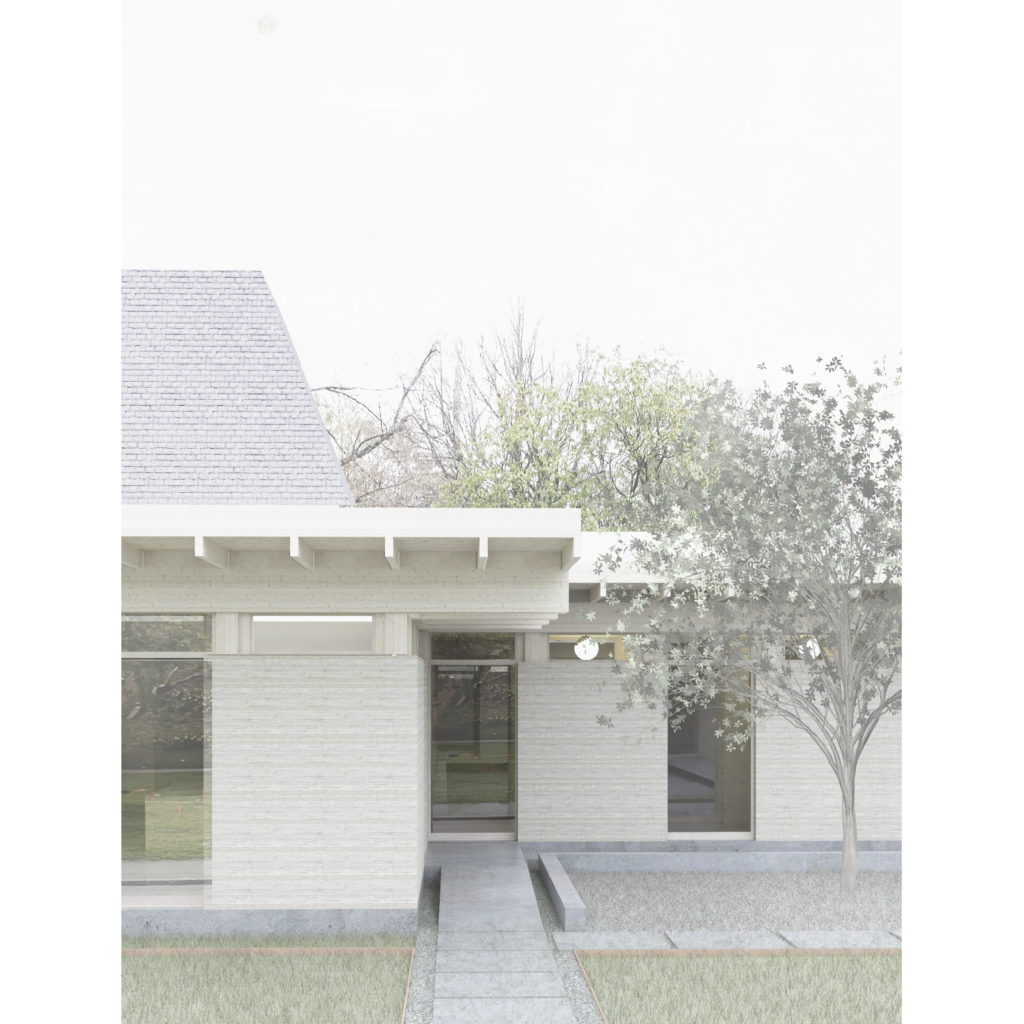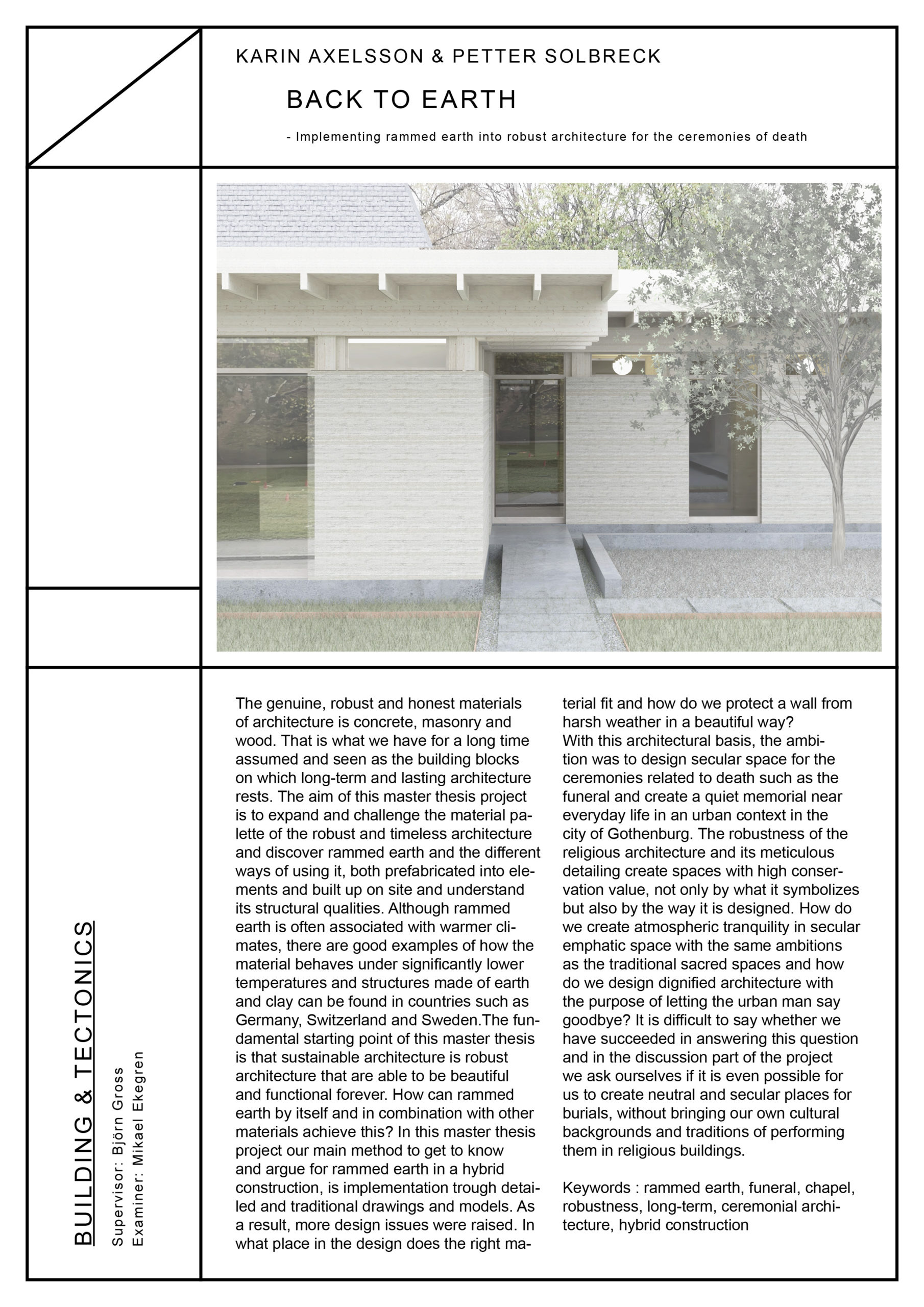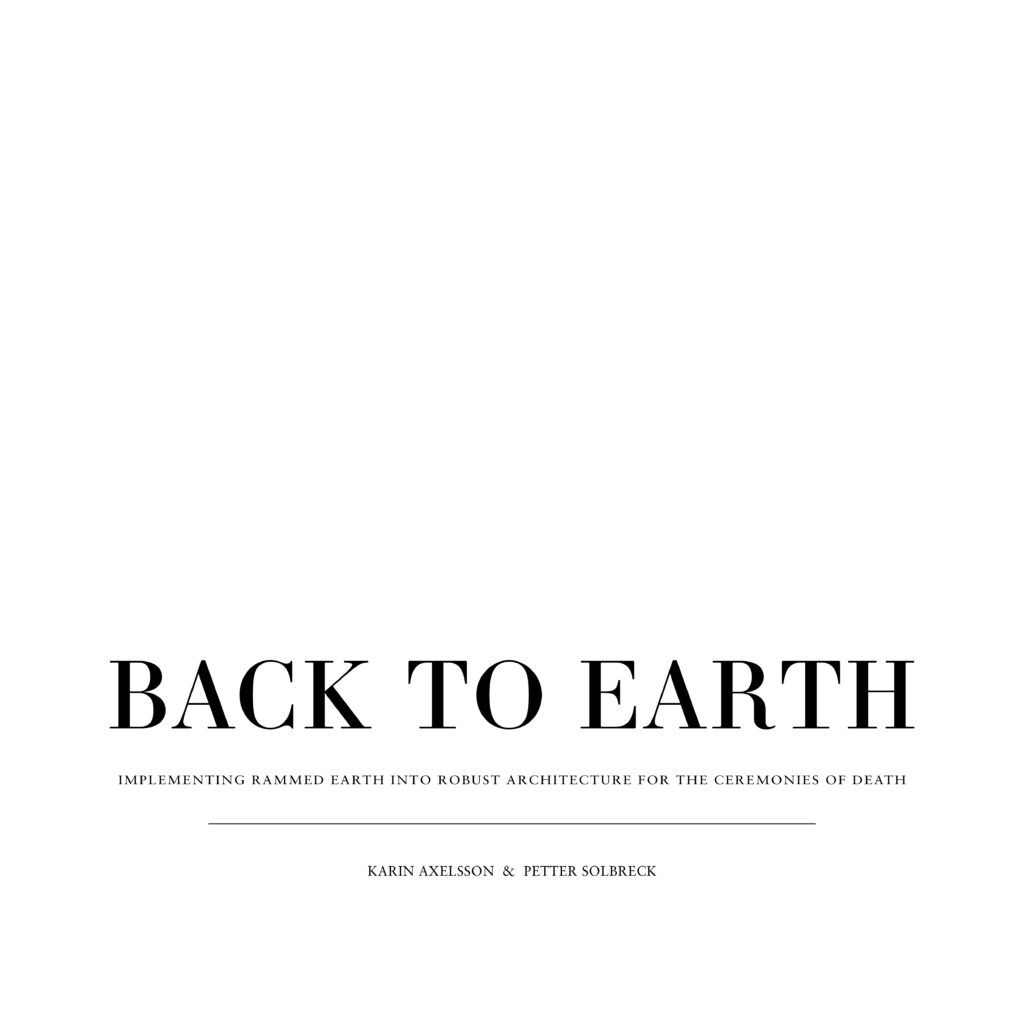
Back To Earth
The genuine, robust and honest materials of architecture is concrete, masonry and wood. That is what we have for a long time assumed and seen as the building blocks on which long-term and lasting architecture rests. The aim of this master thesis project is to expand and challenge the material palette of the robust and timeless architecture and discover rammed earth and the different ways of using it, both prefabricated into elements and built up on site and understand its structural qualities. Although rammed earth is often associated with warmer climates, there are good examples of how the material behaves under significantly lower temperatures and structures made of earth and clay can be found in countries such as Germany, Switzerland and Sweden. The fundamental starting point of this master thesis is that sustainable architecture is robust architecture that are able to be beautiful and functional forever. How can rammed earth by itself and in combination with other materials achieve this? In this master thesis project ur method main method to get to know and argue for rammed earth in a hybrid construction, is implementation trough detailed and traditional drawings and models. As a result, more design issues were raised. In what place in the design does the right material fit and how do we protect a wall from harsh weather in a beautiful way?
With this architectural basis, the ambition was to design secular space for the ceremonies related to death such as the funeral and create a quiet memorial near everyday life in an urban context in the city of Gothenburg. The robustness of the religious architecture and its meticulous detailing create spaces with high conservation value, not only by what it symbolizes but also by the way it is designed. How do we create atmospheric tranquility in secular emphatic space with the same ambitions as the traditional sacred spaces and how do we design dignified architecture with the purpose of letting the urban man say goodbye? It is difficult to say whether we have succeeded in answering this question and in the discussion part of the project we ask ourselves if it is even possible for us to create neutral and secular places for burials, without bringing our own cultural backgrounds and traditions of performing them in religious buildings.

